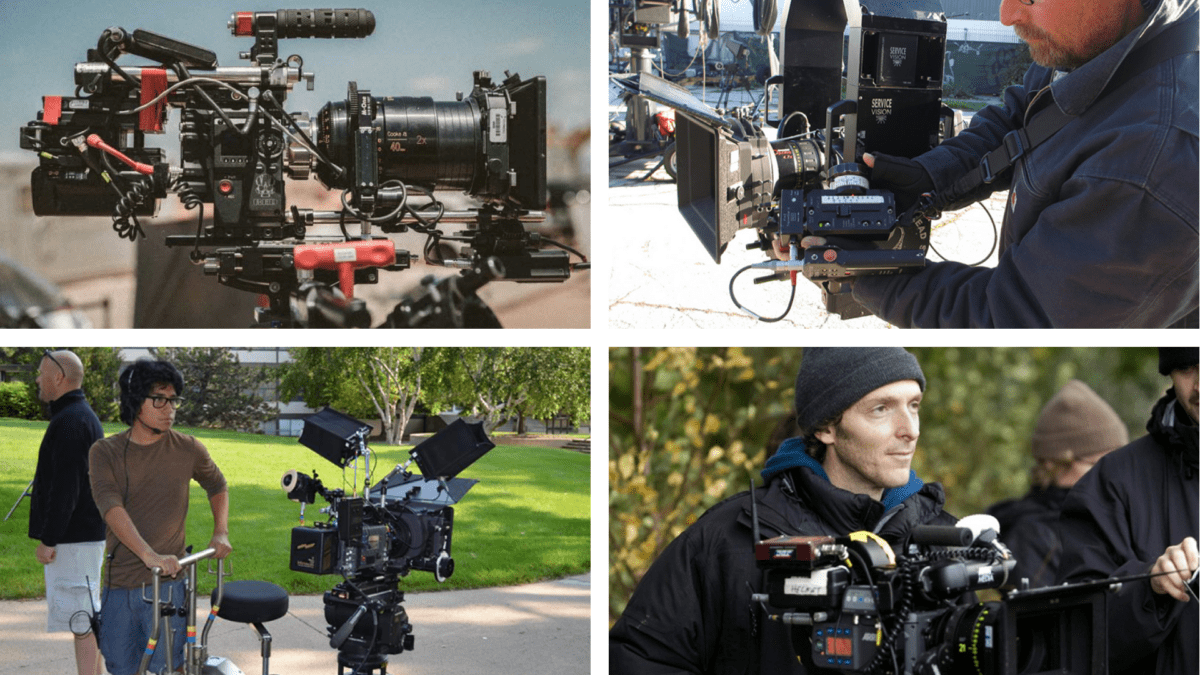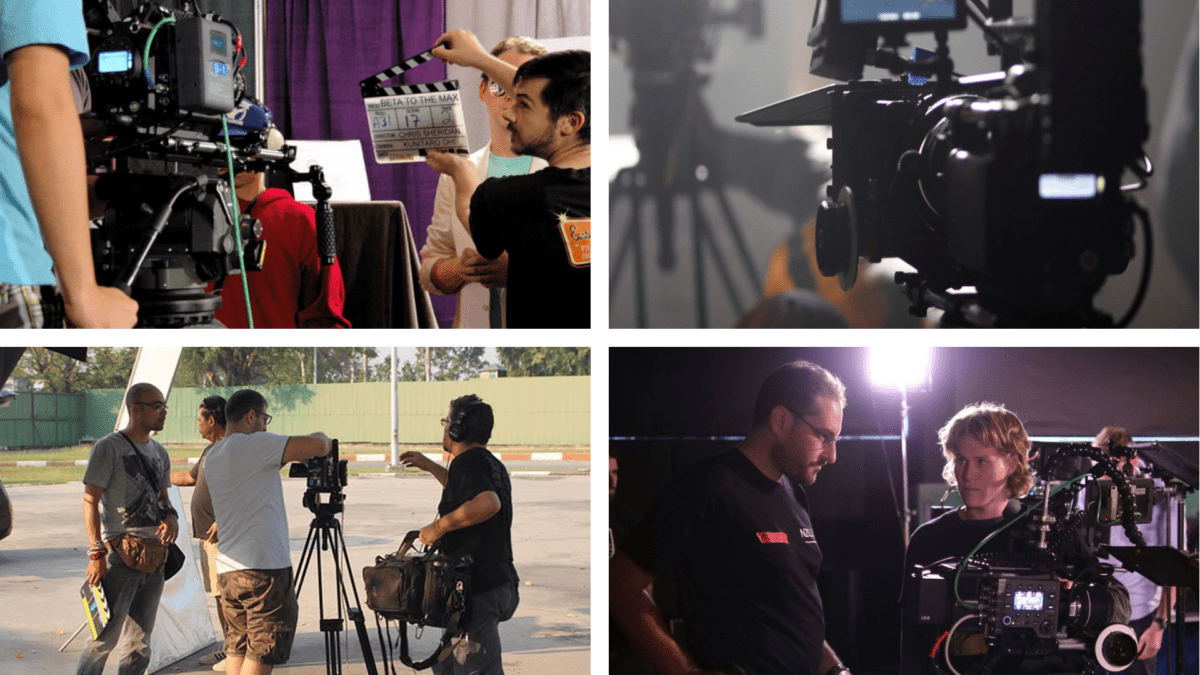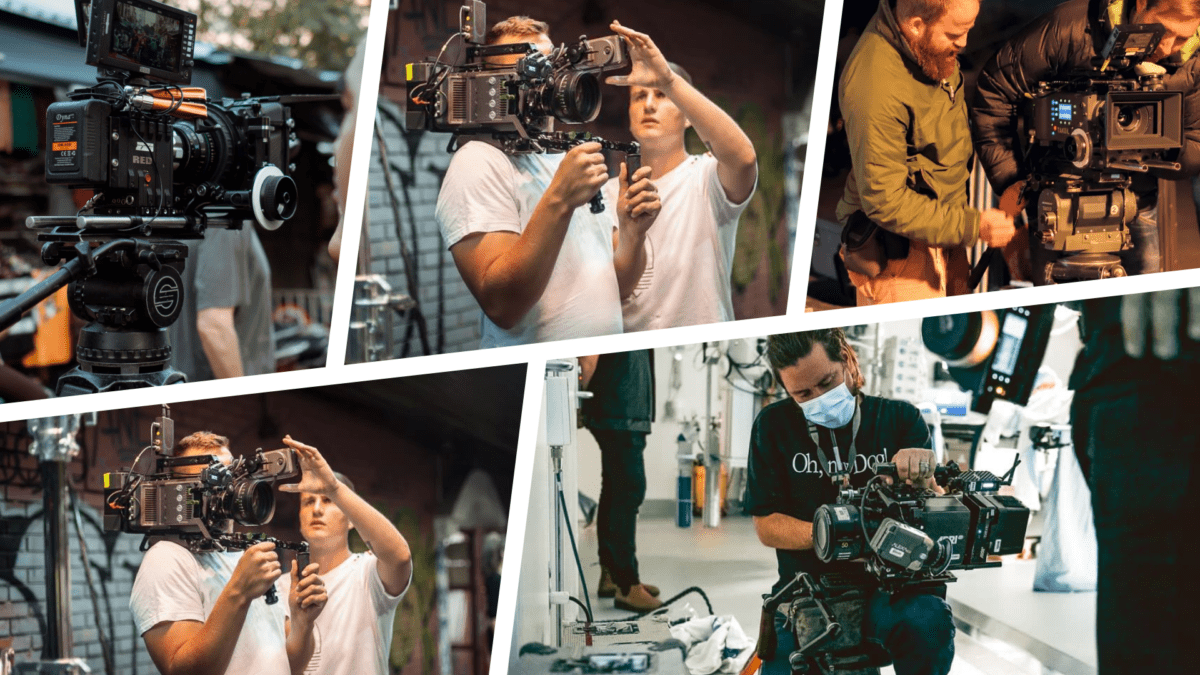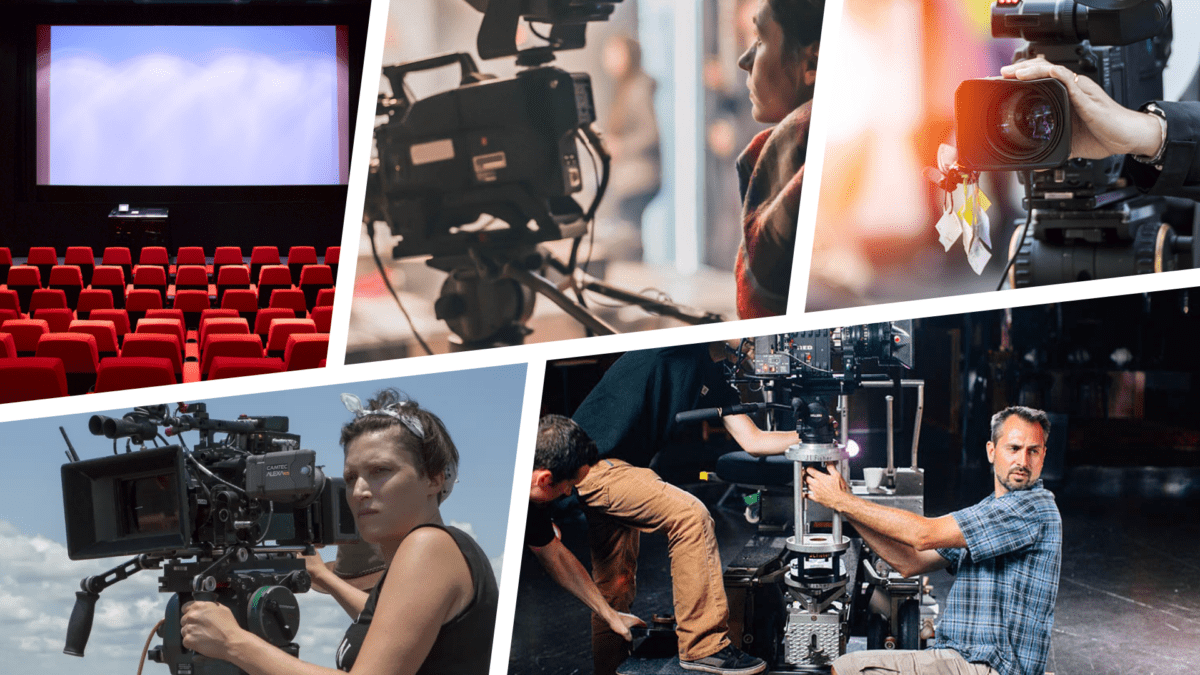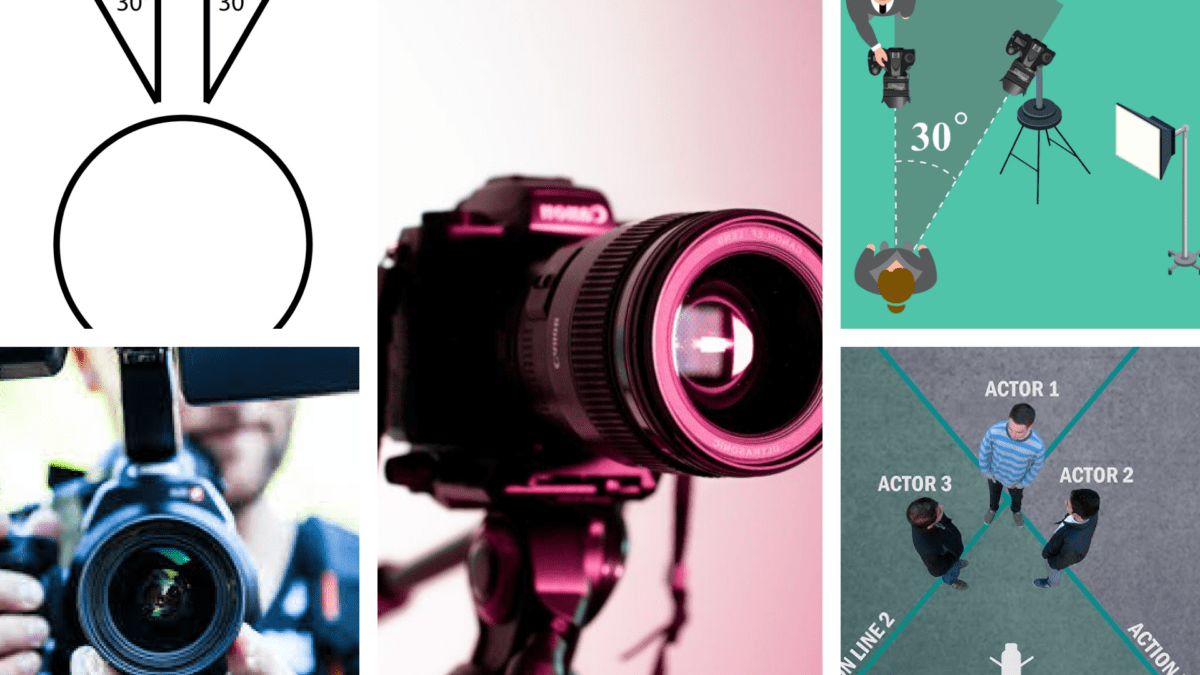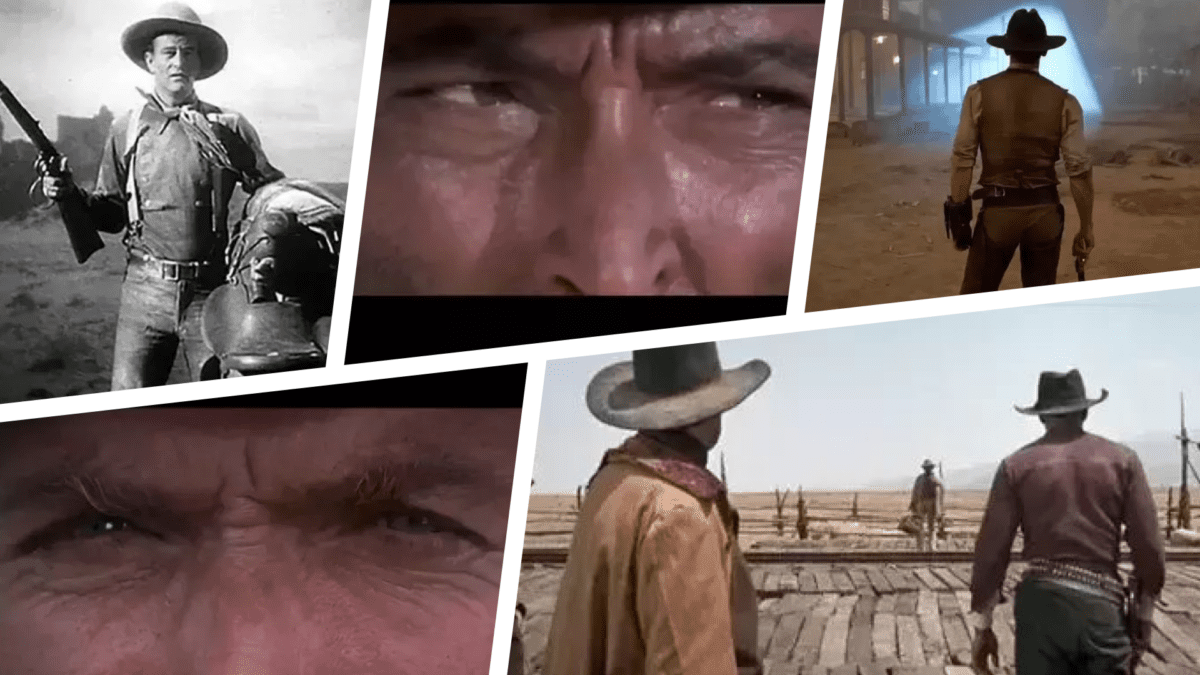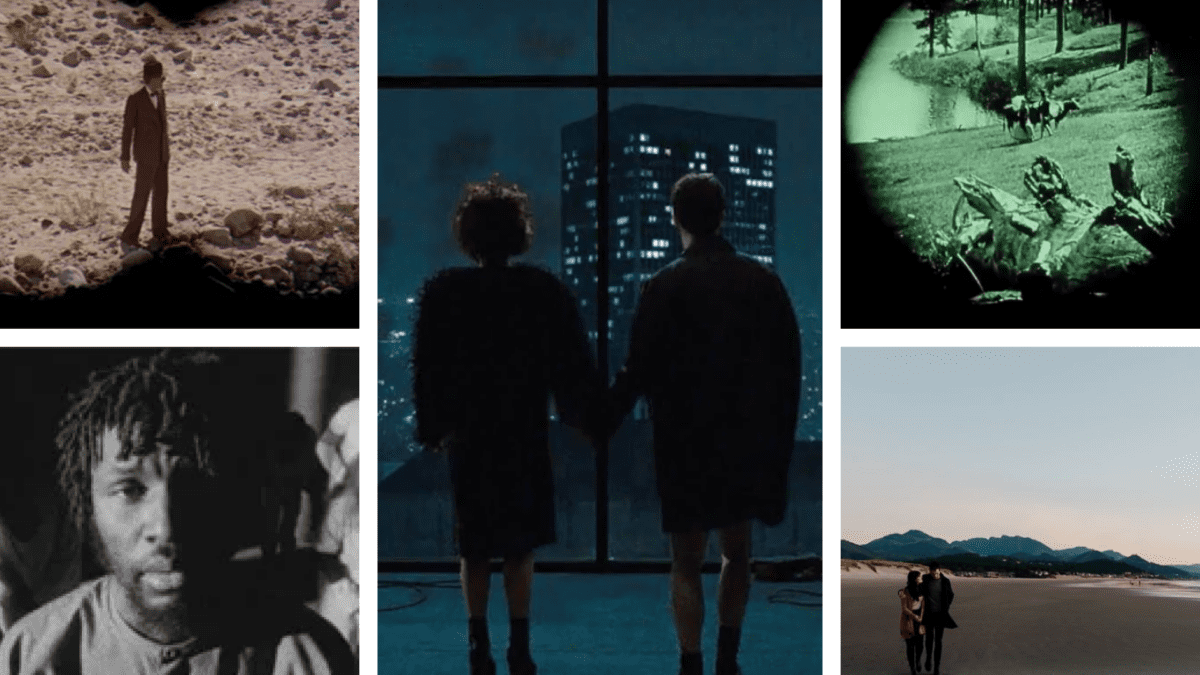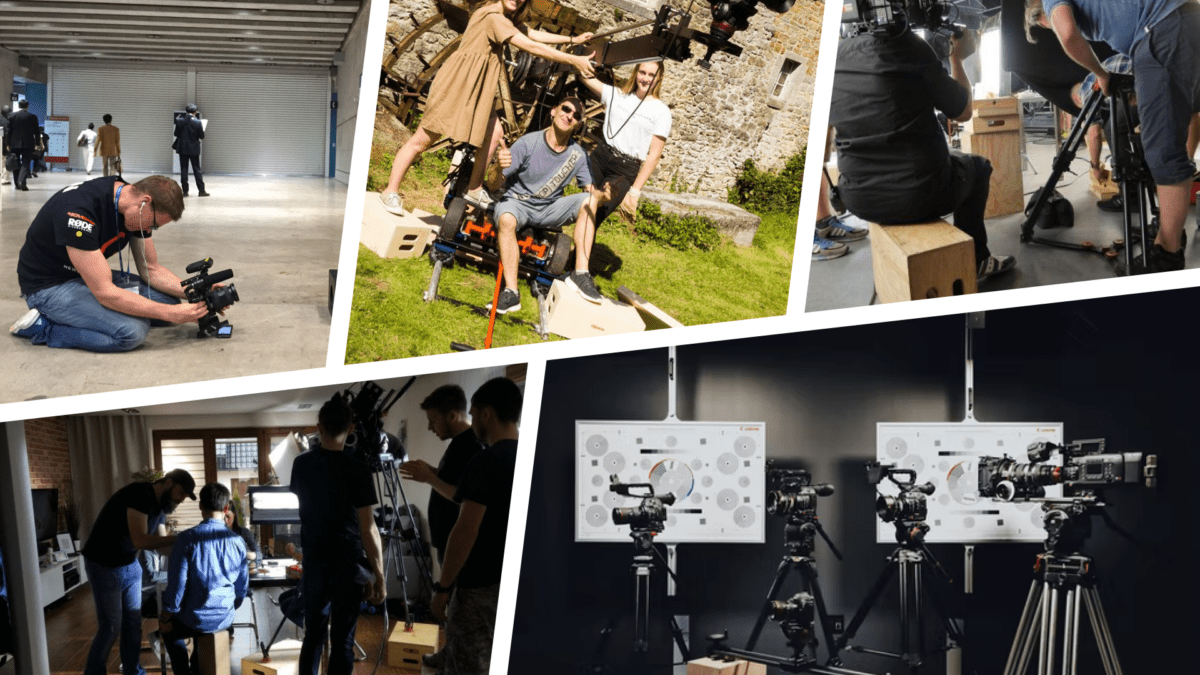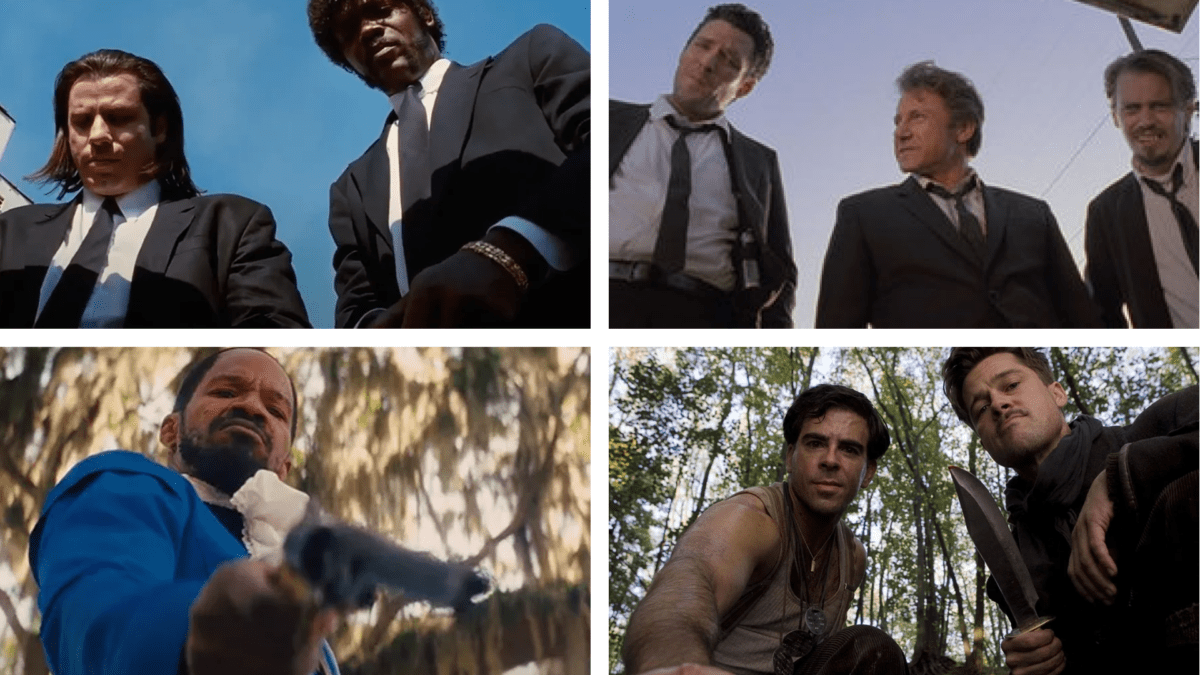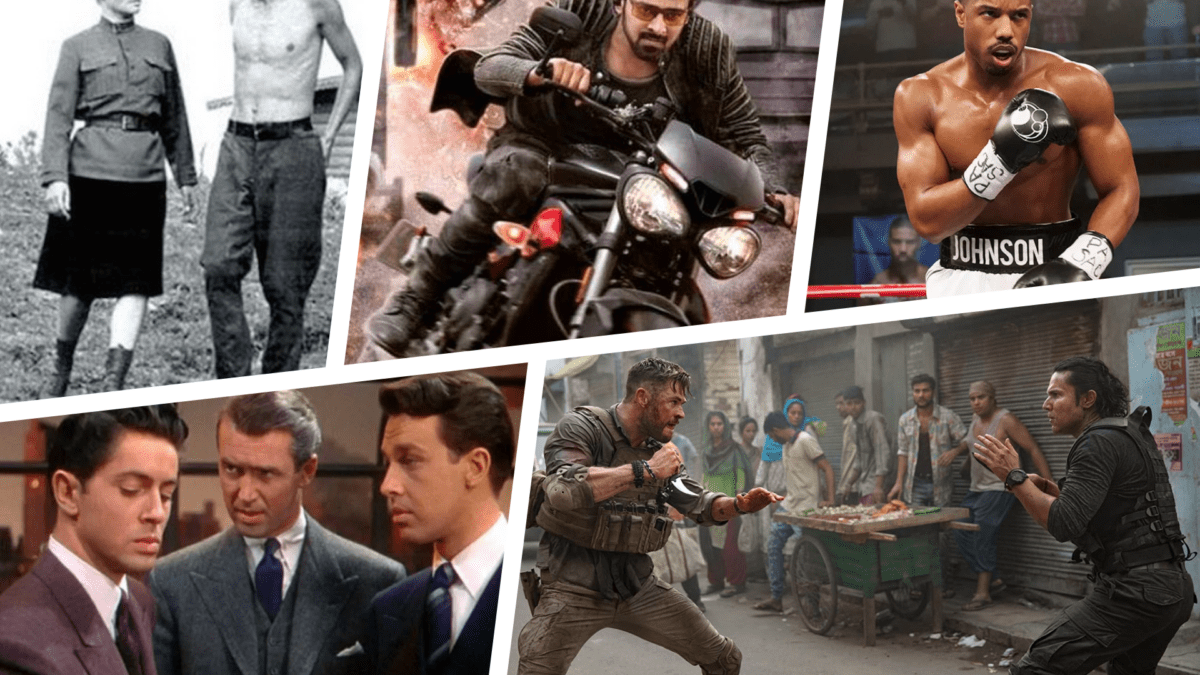What Is a Film Loader in Film Production? Role, Responsibilities & Job Path
In the bustling world of film production, the film loader plays a crucial, yet often unsung role. They’re the gatekeepers of the raw footage, ensuring each frame is ready for its moment in the spotlight. With precision and care, film loaders manage the film stock,…
What Is A 2nd Assistant Camera in Film? 2nd AC Role, Responsibilities & Job Path
In the bustling world of film production, the 2nd Assistant Camera (2nd AC) plays a pivotal role that often goes unnoticed. They’re the backbone of the camera department, responsible for tasks that ensure every shot is captured flawlessly. From slating scenes to maintaining the camera…
What Is A 1st Assistant Camera? 1st AC Role, Responsibilities & Job Path
In the world of filmmaking, the 1st Assistant Camera (1st AC) is the unsung hero behind the camera lens. They’re the precision-driven professionals ensuring every shot is tack sharp. From pulling focus to maintaining the camera equipment, 1st ACs are the backbone of the camera…
What Is The Glossary of Motion Picture Terms? A Filmmaker’s Essential Guide [Complete Guide]
What Is the Glossary of Motion Picture Terms: A Filmmaker’s Guide Diving into the world of film, we’re met with an extensive glossary of terms that are crucial for understanding the art and science behind motion pictures. From “cut” to “Kuleshov effect,” these terms form…
What Is The 30-Degree Rule in Film? Maintaining Visual Continuity Across Cuts
What Is the 30-Degree Rule in Film and Why It Matters Mastering the art of visual storytelling is crucial in filmmaking, and one of the fundamental techniques used to maintain spatial continuity is the 30-degree rule. This principle dictates that for consecutive shots to appear…
What Is An Italian Shot in Film? The Art of Location as a Character
What Is an Italian Shot in Film: Exploring Cinematic Techniques In the realm of cinema, the term “Italian shot” might not be as widely recognized as other techniques, but it holds its unique place in film history. This style of shooting involves filming actors against…
What Is An Iris Shot in Film? Opening and Closing the Visual Story
What Is an Iris Shot in Film? Exploring Its Use and Significance An iris shot in film is a technique where the frame either starts with a small circle and expands outward or closes in to focus on an isolated part of the screen. This…
What Is An Apple Box in Film? The Multipurpose Tool Behind the Scenes
What Is an Apple Box in Film? Unveiling On-Set Essentials An apple box is an essential tool in the film industry, often unnoticed by viewers but crucial for on-set functionality. These simple wooden boxes serve a variety of purposes, from propping up equipment to offering…
What Is a Trunk Shot in Film? Unique Perspectives from the Confines of a Trunk
What Is a Trunk Shot in Film? Exploring Unique Camera Angles In the realm of film, a trunk shot is a distinctive camera angle that captures actors from within an enclosed space, typically a car’s trunk, looking up at them. This technique grants viewers a…
What Is a Sequence Shot in Film? Choreographing Complexity in a Single Take
What Is a Sequence Shot in Film: Unveiling the Technique In the realm of filmmaking, a sequence shot is a masterful technique that involves an extended take without any cuts or edits. It captures a series of events in real-time, offering audiences an uninterrupted and…

